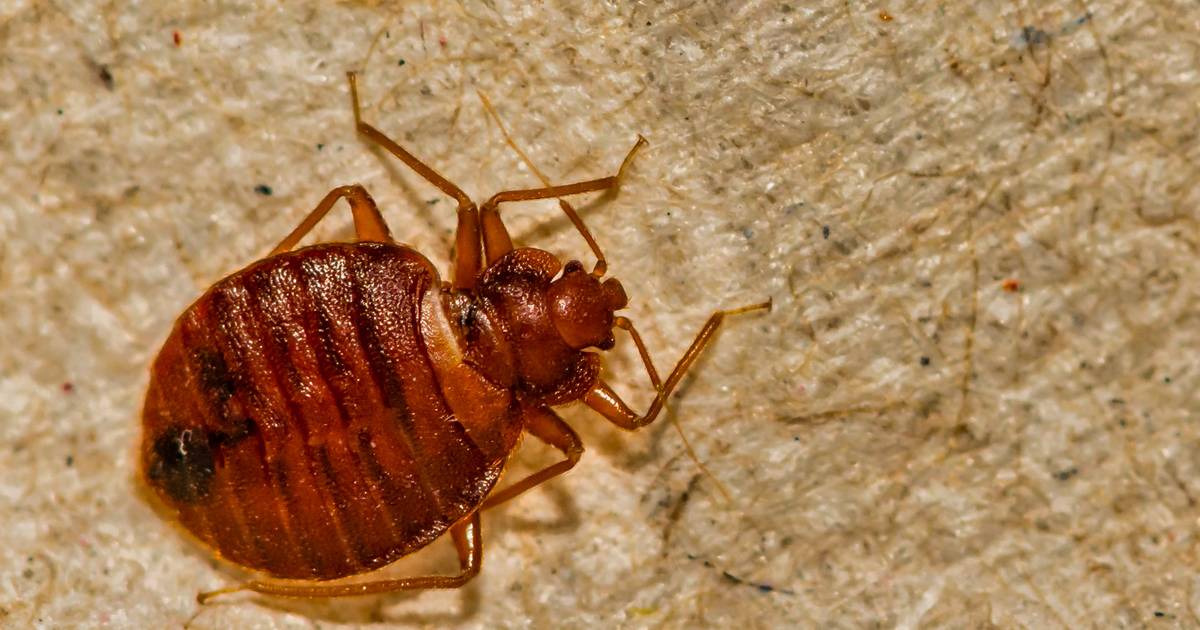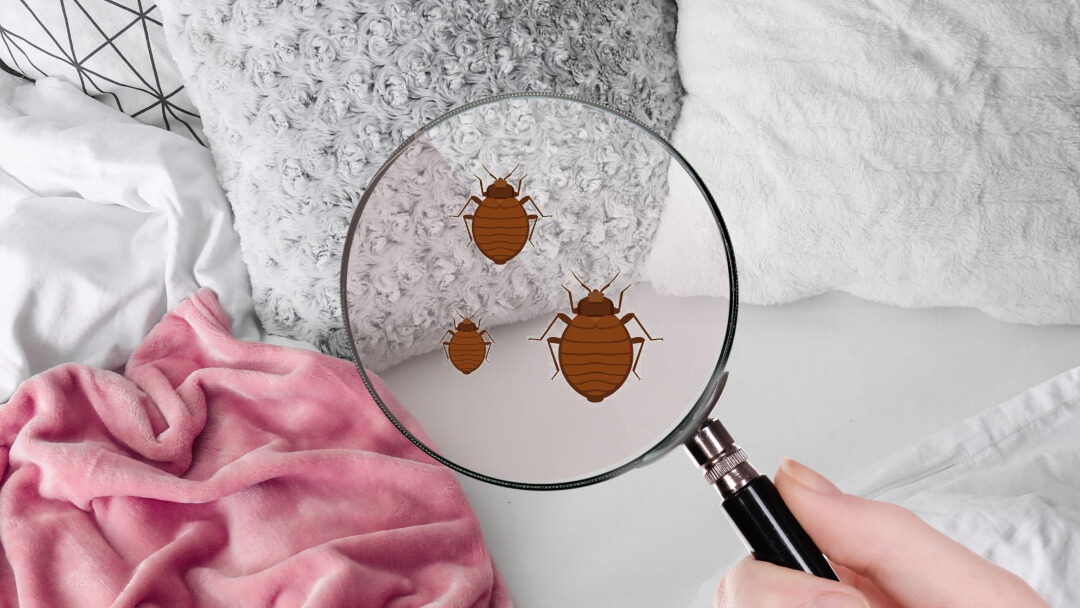How to Identify Bed Bug Bites and Prevent Future Infestations
How to Identify Bed Bug Bites and Prevent Future Infestations
Blog Article
Check Out the Various Kinds Of Insect and Their Therapy Options for Effective Management
The monitoring of bugs in both farming and household setups necessitates a thorough understanding of the different kinds that can invade these settings, in addition to the therapy choices offered for efficient control. From household rodents that pose health and wellness threats to garden bugs that threaten plant returns, each classification requires a tailored strategy. Understanding the subtleties of pest habits and the corresponding treatments is vital; however, the concern continues to be: what are one of the most effective methods that not only attend to existing problems yet also protect against future incidents?

Usual Household Pests
Although family insects can differ significantly in type and behavior, lots of share common qualities that make them a problem. Typical home insects include rats such as rats and computer mice, bugs like cockroaches and ants, and periodic intruders such as crawlers and flies. These bugs usually grow in settings that give very easy accessibility to water, food, and sanctuary, making homes particularly susceptible.
Rodents, for example, are notorious for causing architectural damages and spreading out disease. They can nibble through electric cords, possibly resulting in fire hazards. Pests like roaches are not only troubling but can also cause allergic reactions and asthma in delicate individuals. Ants, while usually harmless, can attack kitchen areas, rendering food sources unattractive.
Efficient parasite management begins with avoidance, which consists of sealing entry points, keeping cleanliness, and utilizing ideal storage methods for food. Comprehending the behaviors and characteristics of these typical house insects is important for reliable monitoring and maintaining a healthy living environment.
Garden Parasites and Their Impact
Yard insects position a considerable threat to the health and productivity of plants, with some estimates suggesting that they can cause approximately 40% of plant losses in particular areas. These parasites, that include bugs such as beetles, aphids, and caterpillars, along with nematodes, can bring upon extreme damage by eating plant tissues, resulting in stunted development, decreased yields, and compromised quality.
The impact of garden bugs prolongs beyond plain visual concerns; they can disrupt environments by changing food chains, impacting pollinators, and spreading diseases amongst plants. Insects like the spider mite can damage plants, making them extra prone to fungal infections. Intrusive species might outcompete indigenous plants, leading to biodiversity loss.
Integrated Insect Monitoring (IPM) techniques, which integrate organic control, cultural techniques, and targeted chemical applications, can offer lasting remedies. By understanding the certain parasites and their behaviors, gardeners can apply targeted treatments that not only safeguard their plants yet additionally promote a healthier garden environment.
Rats: Recognition and Threats
Rats are common garden insects that can present substantial threats to plant health and overall environment security. These little creatures, consisting of types such as computer mice, rats, and voles, are typically determined by their sharp incisor teeth and robust bodies. Their fur coloration varies commonly, ranging from gray to brown, and they usually exhibit a long tail which aids in balance and agility.
The risks associated with rodent invasions are multifaceted. Firstly, they can cause extensive damage to crops and gardens by gnawing on stems, roots, and fruits, which can lead to substantial financial loss for garden enthusiasts and farmers. Rats are notorious for their role as vectors of various diseases, consisting of hantavirus and leptospirosis, which can be transferred to family pets and humans (bed bug heat treatment). Their droppings and urine can infect soil and water resources, aggravating health risks.
Furthermore, rats can interrupt the all-natural balance of neighborhood environments by taking on indigenous wildlife for resources. Their delving routines can bring about soil erosion and destabilization of plant roots. Consequently, very early identification and understanding of rodent habits and threats are vital for efficient pest administration.
Effective Therapy Methods
When taking care of rodent infestations, employing efficient therapy techniques is important for lessening damages and health threats. A multi-faceted approach frequently yields the most effective outcomes. Firstly, traps are a crucial part of rodent control. Snap traps and electronic traps offer a humane and quick way to get rid of rodents, while glue traps can assist check task degrees.
Secondly, lure stations containing rodenticides can be strategically placed in areas of high rodent home pest inspection activity. These terminals must be tamper-resistant to guarantee the safety of non-target pets and kids. It is vital to choose the appropriate lure type, as rats can develop bait aversion otherwise altered periodically.
In enhancement to traps and lure, sealing access factors can substantially lower the opportunities of re-infestation. This entails inspecting and fixing Click This Link gaps in walls, doors, and home windows.
Finally, specialist insect control solutions can be useful for extensive invasions. They possess the proficiency, devices, and items required for reliable obliteration and can establish a customized management strategy. By implementing these treatment techniques, building owners can efficiently resolve rodent issues and safeguard their health and wellness and residential or commercial property.
Preventative Actions and Tips

Preserving tidiness is equally crucial; make certain that food is saved in closed containers and quickly tidy up crumbs or spills. On a regular basis throwing away rubbish and making sure that compost heap are handled properly can hinder insects from being attracted to your home.
In addition, consider landscape design methods that prevent rodent habitation. Trim plants and keep mulch away from the structure of your residential or commercial property, as these can offer concealing spots for parasites.
Final Thought
Efficient bug administration demands a thorough understanding of different parasite kinds and their details therapy alternatives. Inevitably, a proactive stance on insect administration promotes a healthier atmosphere, protecting both residential and agricultural spaces from pest-related challenges.
Common home bugs include rodents such as mice and rats, pests like roaches and ants, and periodic intruders such as crawlers and flies.Rodents are common garden insects that read this can pose considerable dangers to plant health and overall ecosystem security. Very early recognition and understanding of rodent habits and dangers are important for efficient pest management.
Reliable insect management begins long before an infestation occurs, with aggressive procedures that can substantially decrease the likelihood of rodent entrance and habitation.Reliable parasite administration necessitates an extensive understanding of numerous parasite types and their certain therapy alternatives.
Report this page